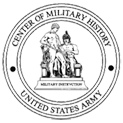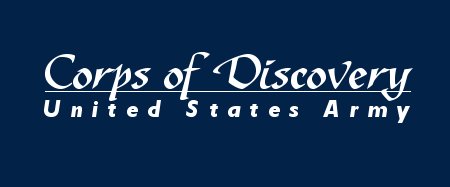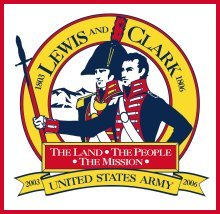Transportation of the Expedition
Lewis left Pittsburgh on 31 August 1803
in a keelboat especially built for the expedition. After linking up with
Clark, the expedition left Clarksville (Indiana Territory) on 26 October
1803 with the keelboat and two smaller, flat-bottom boats (called by their
French name pirogue).
Lewis designed the keelboat and oversaw its construction in Pittsburgh.
It was 55 feet long, 8 feet wide, and could carry about 12 tons of supplies.
It had a crew of up to 27 men.
The Red and White pirogues were designed to lighten the load of the
keelboat. The Red pirogue was a 41-foot craft that could carry about
9 tons of supplies. It had a crew of up to 8 men. The White pirogue
was originally slated for provisions, but carried the most vital scientific
instruments and supplies. It was about 35 feet long and had a crew of
up to 6 men.
The Corps of Discovery carved 15 craft (dugout canoes) during its journey.
These canoes were about 30 feet long, could carry up to 3 tons of cargo,
and had a crew of up to 6 men.
The Corps of Discovery also used horses they obtained from the Shoshone
and Nez Perce as they began their journey over the Rocky Mountains.





